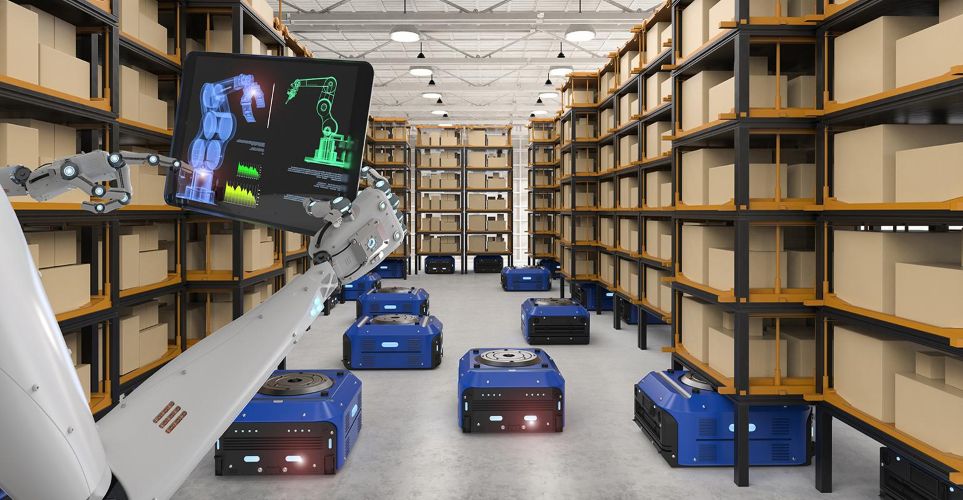Why smart warehouse equipment needs RFID integration?
Smart warehouse systems are changing the logistics industry, Mais les fabricants d’équipements sont confrontés à de sérieux défis:
- Inventaire inexact: Manual inventory counting can lead to 5-10% inventory discrepancies, resulting in millions of dollars in losses each year.
- Labor-intensive workflow: Manual picking and replenishment consume 30-40% of operating budgets.
- Compliance risks: In regulated industries, untraceable items are not compliant with GDPR, FDA or GS1 standards.
RFID integration directly addresses the following pain points:
- Accomplir 99.9% inventory accuracy with real-time RFID tracking.
- Reduce labor costs by 50% with automated inventory management.
- Ensure audit compliance with tamper-proof digital logs.
Your competitive advantage:
- Provide IoT-enabled warehouse equipment systems with embedded RFID.
- Become a leader in next-generation warehouse automation.
Warehouse challenges that RFID integration solves
1.Inventory blind spots and out-of-stocks
Problem: Traditional barcode systems miss 15-20% of items in densely packed shelves or low-light areas.
Solutions RFID:
- Déployer Étiquettes RFID UHF for batch scanning with a range of up to 10 mètres.
- Automatically update inventory databases during AGV transport or drone flyovers.
2.Labor-intensive picking and replenishment
Problem: Manual picking errors cost more than $50,000 per year for a mid-sized warehouse.
RFID Solutions:
- Equip AGVs with mobile RFID readers to automatically scan shelves during transport.
- Guide workers with a pick-to-light system equipped with RFID lights tags for error-free order fulfillment.
3.Compliance and traceability failures
Problem: In the pharmaceutical or food industry, lost batches lead to recalls and fines.
RFID Solutions:
- Store expiration dates, batch IDs, and processing logs on high-memory tags.
- Sync data to WMS/ERP systems via RFID middleware (par exemple. Siemens RF650R).
How RFID integration with warehouses works:
1.Hardware setup:
- Étiquettes RFID: Attached to pallets, cartons, or individual items (par exemple, self-adhesive labels for boxes).
- Lecteurs RFID: Fixed or mobile (mounted on AGVs).
- Warehouse controllers: Process RFID data via PLCs (par exemple, Beckhoff CX9020) or cloud platforms.
2.Data Flow:
RFID readers scan tags during inventory movement (par exemple, recevant, cueillette, livraison).
Data is transmitted to a central WMS/ERP system (par exemple, SAP EWM) via an IoT gateway.
The system triggers the following actions:
- Automatic replenishment alerts for low-stock items.
- Fraud detection for unauthorized item removal.
3.Software Integration:
- Middleware: Siemens RF650R or PTC ThingWorx for real-time data synchronization.
- API: Custom scripts link RFID events to warehouse management dashboards.
[Contactez-nous]Get smart warehouse equipment integrated RFID solutions.
Nous pouvons vous fournir:
RFID integration services in smart warehouse systems
Best inventory tracking RFID tags
UHF RFID systems for batch inventory scanning
Industrial RFID tags for harsh environments
FAQ
Q: Can RFID tags be used on metal-intensive warehouse shelves?
A: Oui! We have anti-metal tags in different materials designed for reliable reading in different metal environments.
Q: How can RFID be retrofitted into existing warehouse systems?
A: Use a stick-and-go kit, tels que les RFIDHY HY-R6100 handheld device, for seamless integration with traditional WMS.








